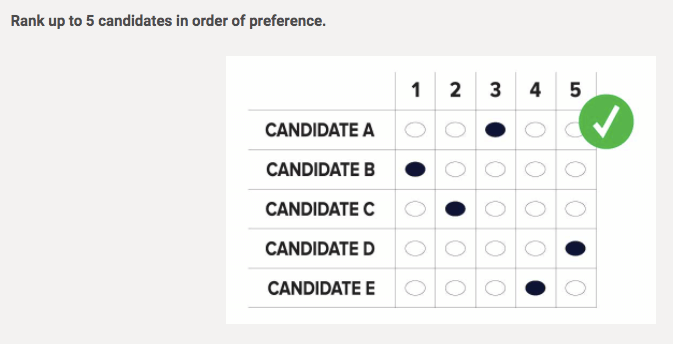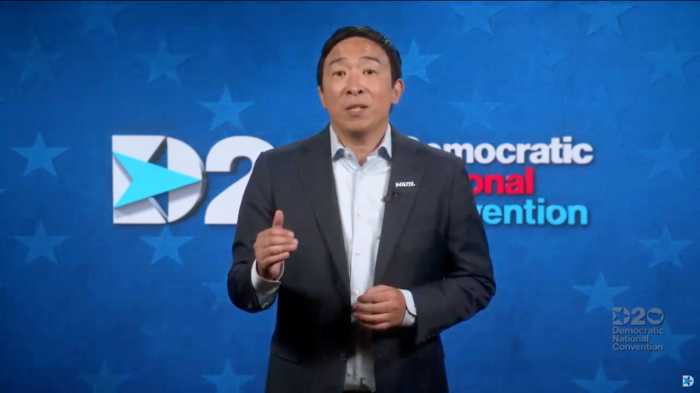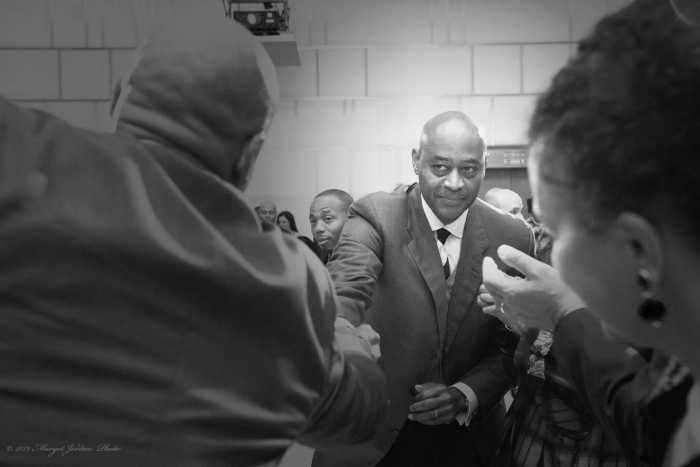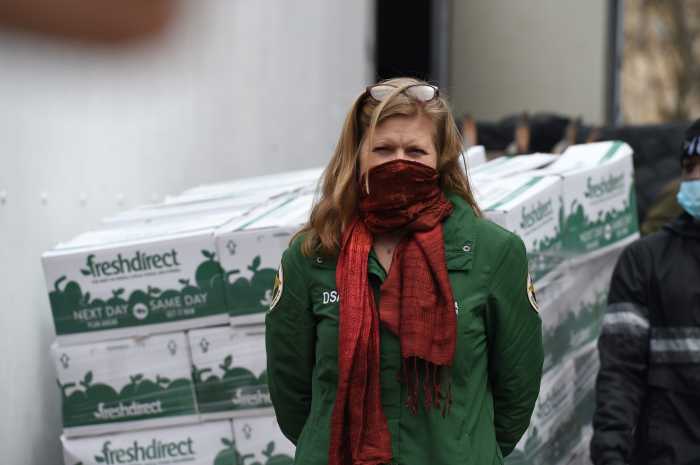Primary and special elections will never be the same with ranked choice voting going into effect in 2021 and seeing as primaries are the deciding factor in Democrat-heavy New York City, it’s going to be important.
Not only will voters in the five boroughs be dealing with a new a ballot format that allows them to choose from most to least favorite for office, residents will have their work cut out for them in deciding since some districts are seeing dozens of candidates running in term limited districts.
The district represented by Councilman Costa Constantinides for example has up to 12 candidates while Councilman Jimmy Van Bramer’s district will get to choose from 19 individuals.
What will the ballot look like?
Ballots in upcoming elections will give voters five choices to either give a tier one rank to five. However, if they wish to simply only vote for one candidate and leave the rest of the bubbles blank.
If none of the candidates get by with a 50% majority, the candidate with the least rank is eliminated and second choice votes are counted until a winner is determined.
According to the city Campaign Finance Board, giving one candidate ranks one through five will result in not have a second choice and giving multiple candidates top choice will render your ballot invalid by the Board of Elections.

The first election which will use ranked choice voting will be on Feb. 22, a special election that will fill the void left by former Councilman Rory Lancman when he resigned September to work for Governor Andrew Cuomo, then will come the June 22 Democratic Primary for the mayor’s office.
What are some obstacles to ranked choice voting?
Ranked choice voting itself was adopted by voters in 2019 under a referendum that that was designed to prevent runoff elections. But nonetheless, questions of educating the public on the new system have been endemic with City Council debating in December whether or not to postpone the rollout until outreach has been made more effective.
“The idea of ranked choice voting was to create a system that didn’t require a runoff. And some argued it, you know, would engage people more. Others said it wouldn’t, but, you know, the people did vote for it in a referendum,” Mayor Bill de Blasio said in early December. “But when you hear community leaders saying, look, we’re not getting the education we need, we have a major election in six months and people don’t know how to use this yet, that’s a cause for real concern.”
After presenting their concerns about ranked choice voting in February 2020 some elected officials argued that with the lack of educational outreach on the new ballot system would put New Yorkers who are not proficient in English at a disadvantage, and in December, launched a lawsuit to block the plan.
The state supreme court rejected the bid to put off ranked choice voting.































